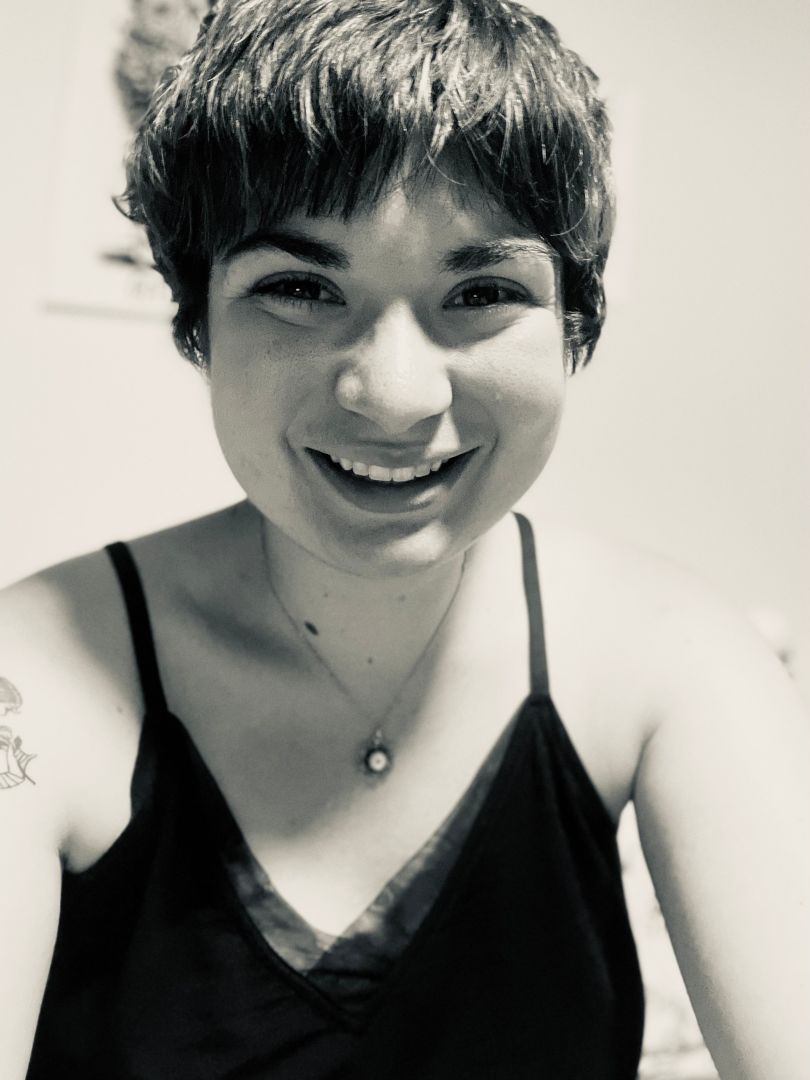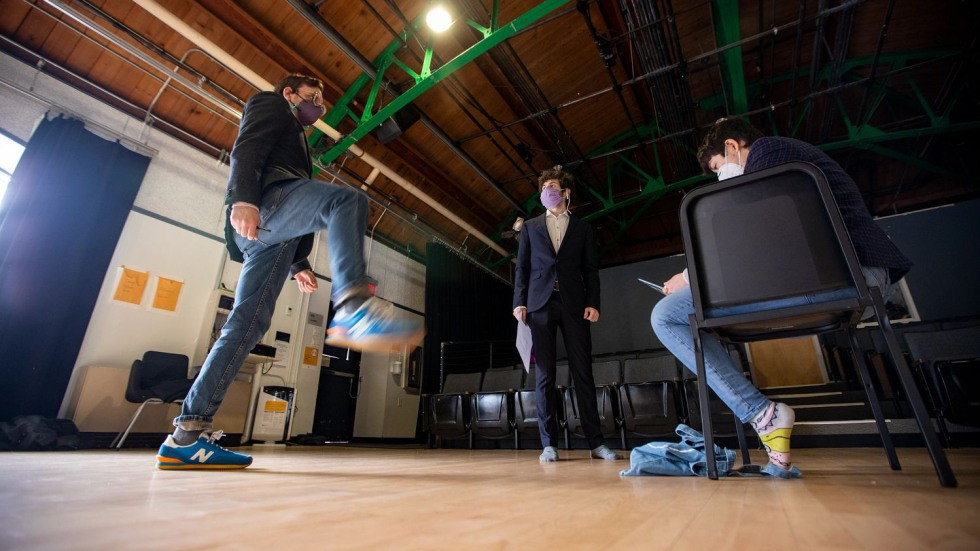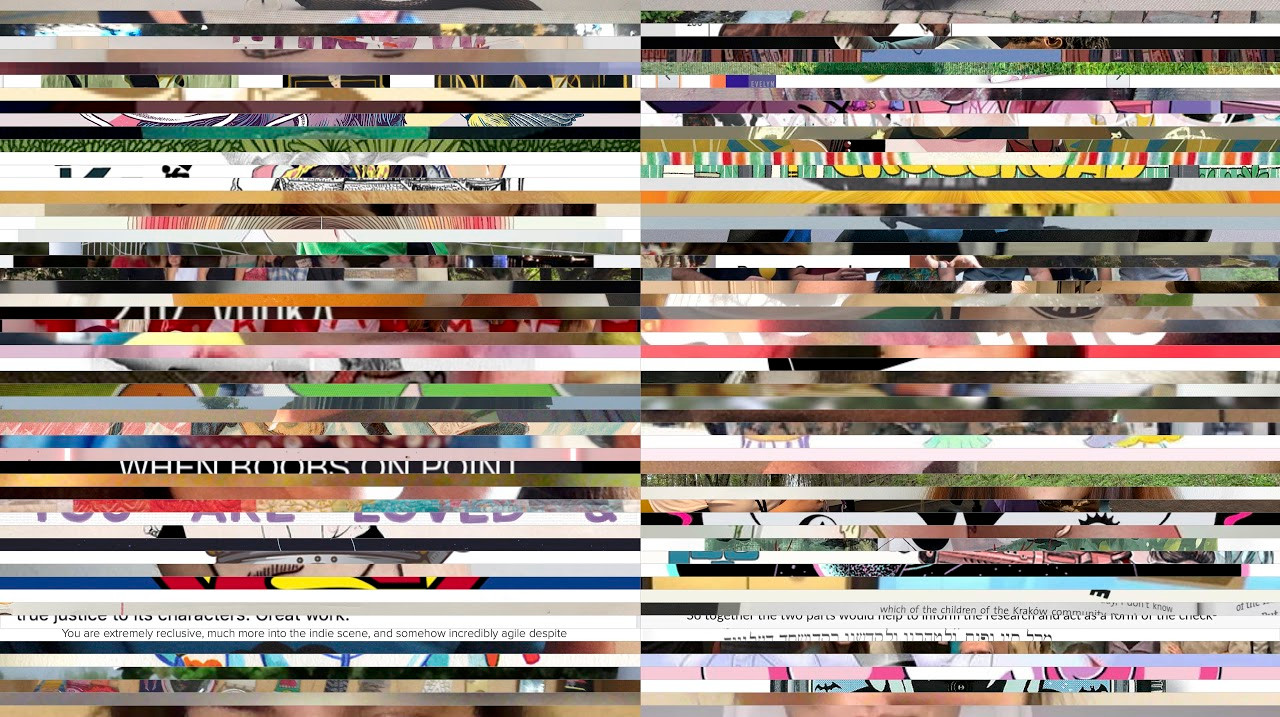Meet Madeline Morningstar | Project Manager, Curator, and Researcher


We had the good fortune of connecting with Madeline Morningstar and we’ve shared our conversation below.
Hi Madeline, what led you to pursuing a creative path professionally?
I never grew out of my theater kid phase, and my performance studies nerdery has truly become my predominant personality trait. I work puns into every conversation, regularly make obscure references to the show ‘Falsettos,’ and talk about liveness with a religious fervor. I found my niche across performance and technology because I follow what I am curious about. I ask questions, read books, go to shows, explore Software Development Kits, watch terrible sci-fi, and think about robotic expressivity. My creative career, as nascent as it is, is only possible because as I was experimenting with what I wanted to do with my life, wonderful people supported and encouraged my incessant questions.

Alright, so let’s move onto what keeps you busy professionally?
I spent the last year designing a course called ‘Choreorobotics 0101: Robotics and Choreography.’ The course, the first to be cross-listed between the Theatre Arts and Performance Studies department and the Computer Science department in Brown University’s history, brought together an incredibly diverse and interdisciplinary student cohort to choreograph dances on Boston Dynamics’ Spot robots. With Sydney Skybetter and Eric Rosen, we developed a syllabus that centered the work of scholars like Sasha Constanza-Chock, Simone Browne, Norah Zuninga Shaw, and Grisha Coleman, among others. I designed the administrative scaffolding for the course, curated the materials on the syllabus, and coordinated adjacent programming across the Choreorobotics Initiative.
The virality of Boston Dynamics’ robots and the interest that dancing robots spark in audience members fascinates me as a researcher. I think about the ways that bodies, specifically feminized bodies, are impacted by the regularization and memeification of technologies that regularly cross into the uncanny valley. As new technologies recontextualize physical embodiment, I find myself fascinated by my own presence, or lack thereof, in the virtual. Looking to artists like Maya Man, Lins Derry, and Addie Wagenknecht to help answer my questions, I curated the project ‘Face the Data’ with the support of the Brown Arts Institute. Each artist produced a portrait of me based on what they came to understand of my virtual presence. The final pieces were foundationally interdisciplinary, usefully explored questions of bias and power, and successfully interrogated the privilege of privacy.
I have come to these questions and my creative practice through the support of a vast community of mentors, roboticists, scholars, technologists, and producers. Without an incredibly robust academic community across NYU Tisch and Brown, the Conference for Research on Choreographic Interfaces, Stefanie Tellex and her robotics lab, and the many students that have come to the work with enthusiasm, my work would not be possible.

Any places to eat or things to do that you can share with our readers? If they have a friend visiting town, what are some spots they could take them to?
I give the best robot lab tours. With the help of my colleague Eric Rosen, the co-professor of ‘Choreorobotics 0101’ in the Spring of 2022, I take anyone who visits me into the lab. There are some safety rules associated with working with robots in real space – we have to stay at least three feet away at all times, folks can experiment with the trackpad as long as they are supervised, and there is a heavy duty gym mat on the floor for when Spot loses its footing, but it’s always joyful when I get to show off our students’ incredible work.
After that, we would probably grab drinks at The Eddy, potentially get some tacos, and then go back to my apartment for a high stakes game of Jenga.

Shoutout is all about shouting out others who you feel deserve additional recognition and exposure. Who would you like to shoutout?
‘Marjorie Morningstar’ by Herman Wouk is a coming-of-age novel about a young woman from Manhattan who is determined to become a famous actress. My grandmother, Roberta Meschkow, first found the book in her early 20s and discovered a character who was living a life that she not only understood, but felt was a facsimile of her own. She read the book cover to cover, kept her copy in a special place, and when she had a daughter of her own, handed the beaten paperback to her with a special sense of purpose. My mother, Susan Greenberg, had a similar reaction to the book, kept it on a shortlist, and as soon as I was reading chapter books, had me pick up the 500-something page treatise on femininity, grief, passion, and performance. The book, a sort of heirloom, is now my legal namesake. As my work continues to center emergent questions of ethics, care and choice making in the virtual world, I look to stories like Marjorie’s to remind me that there is beauty in not knowing what is going to happen next.

Website: https://www.madelinemorningstar.com
Linkedin: https://www.linkedin.com/in/madeline-morningstar-489369165/
Image Credits
Nick Dentamaro and Lins Derry
